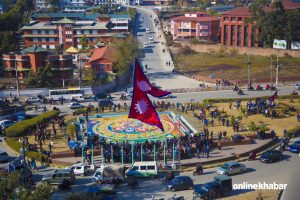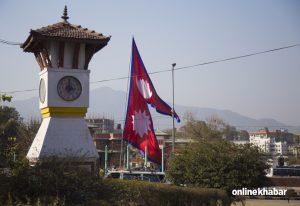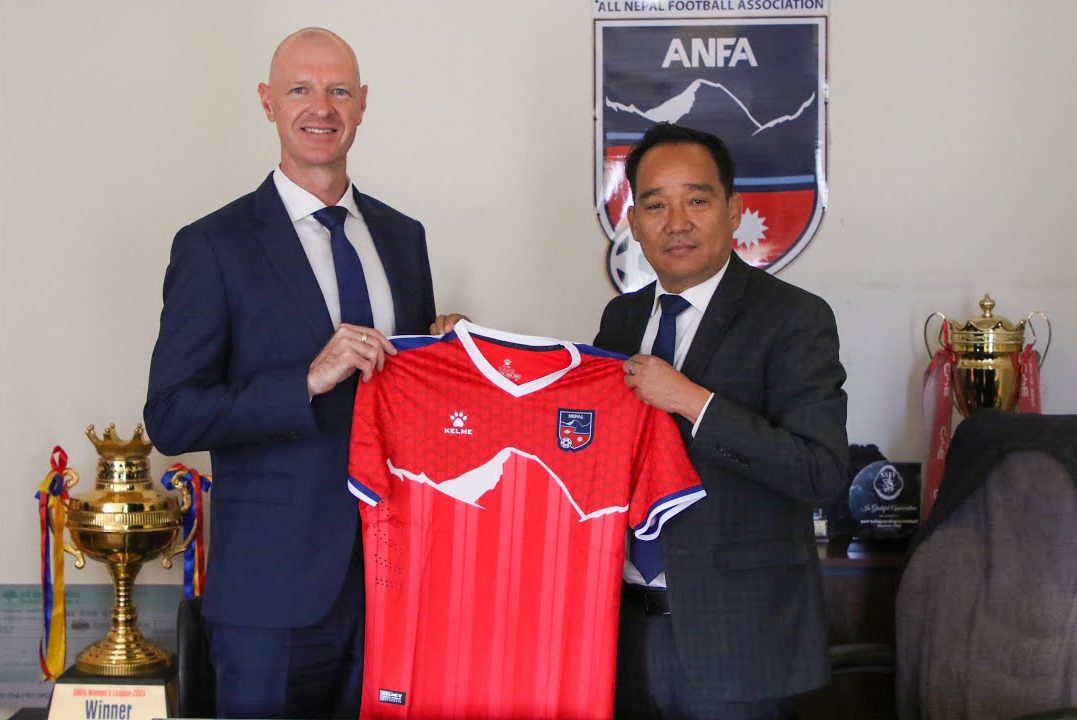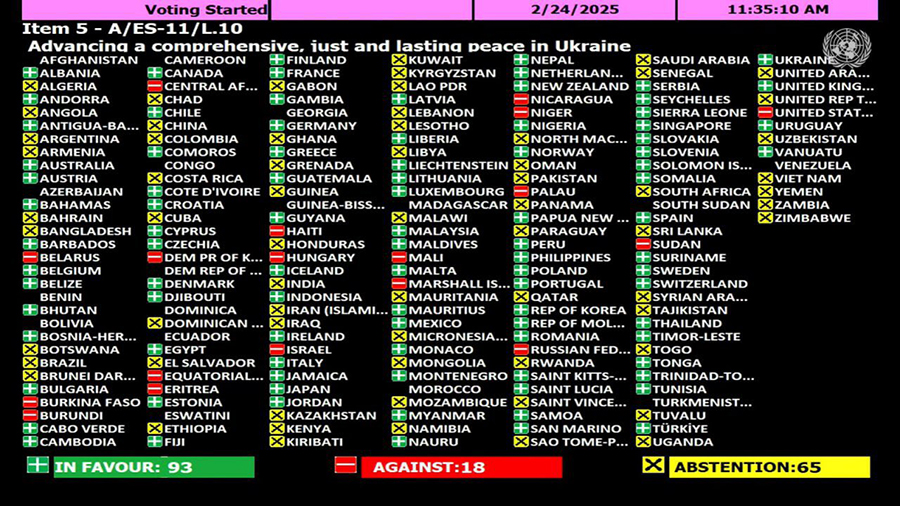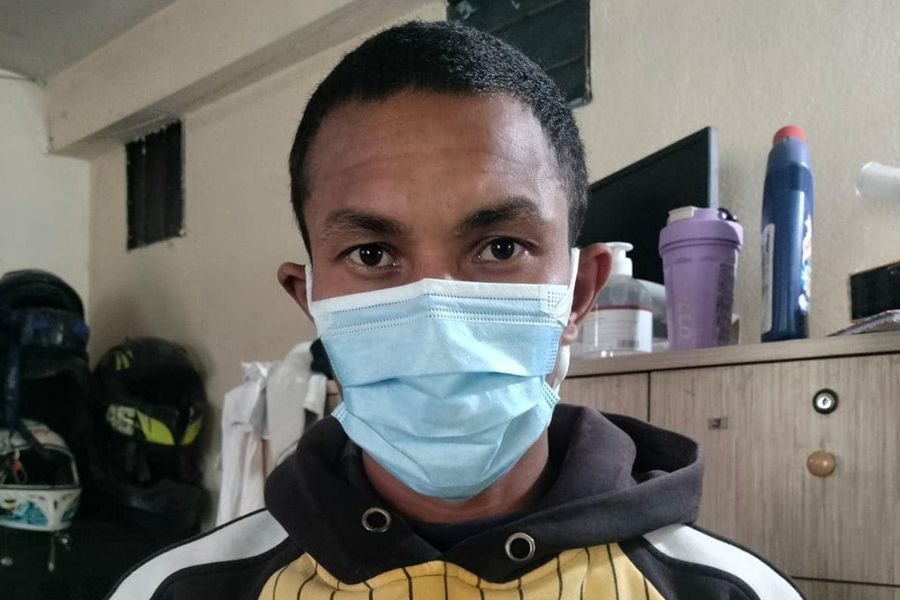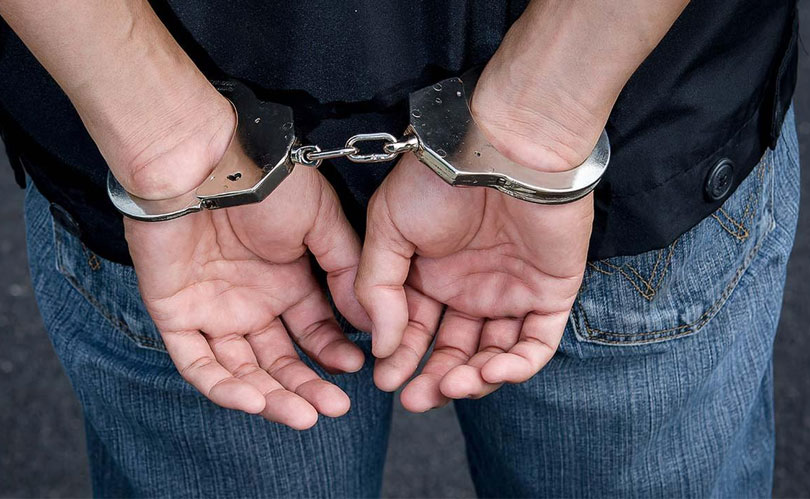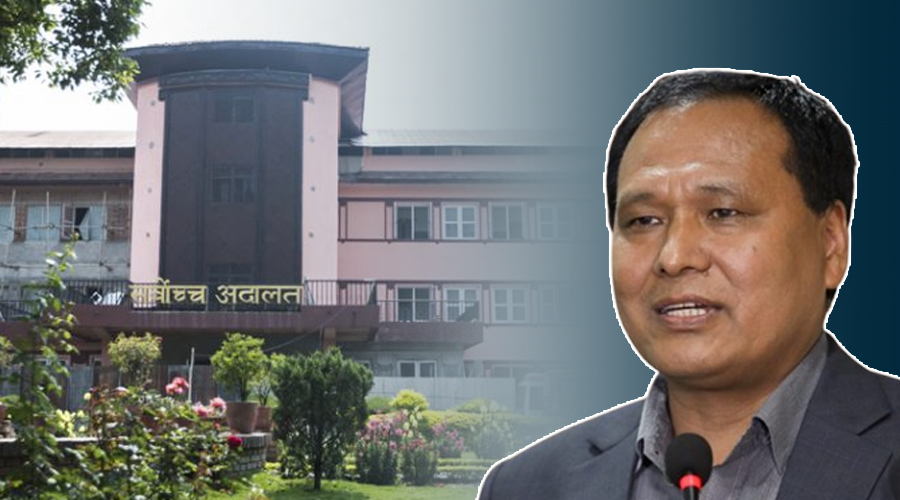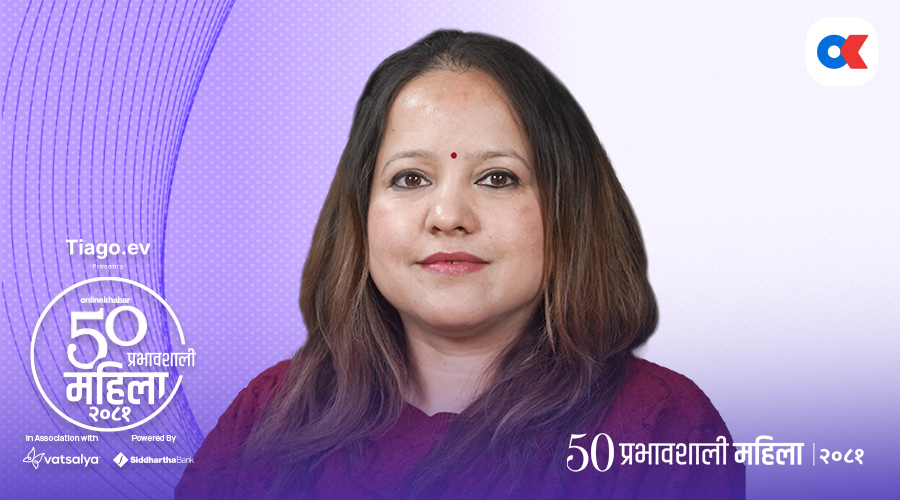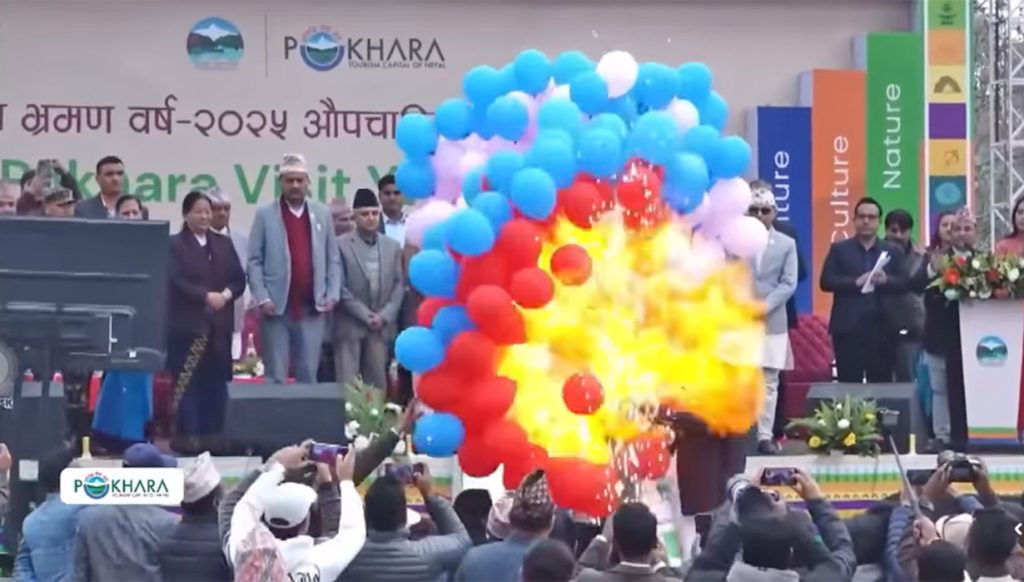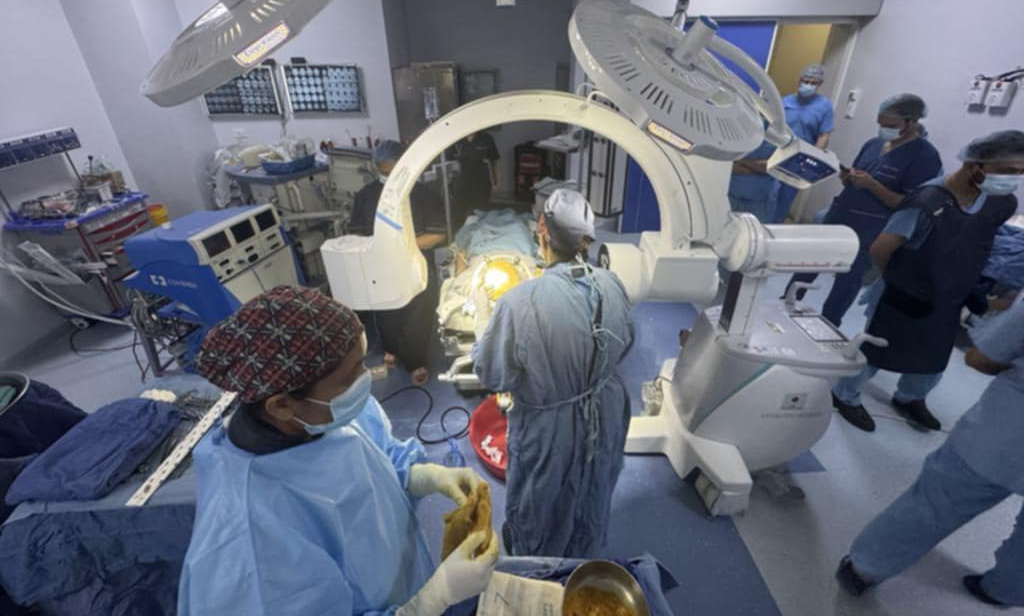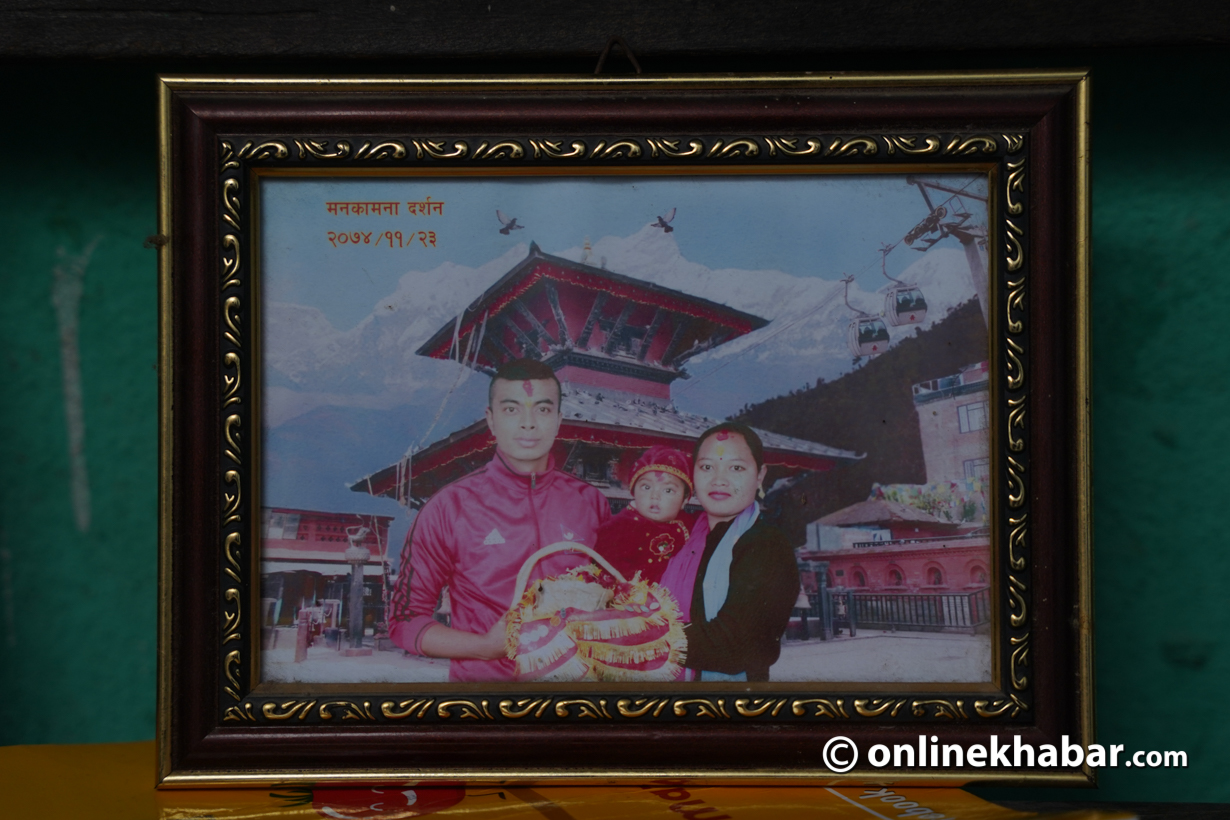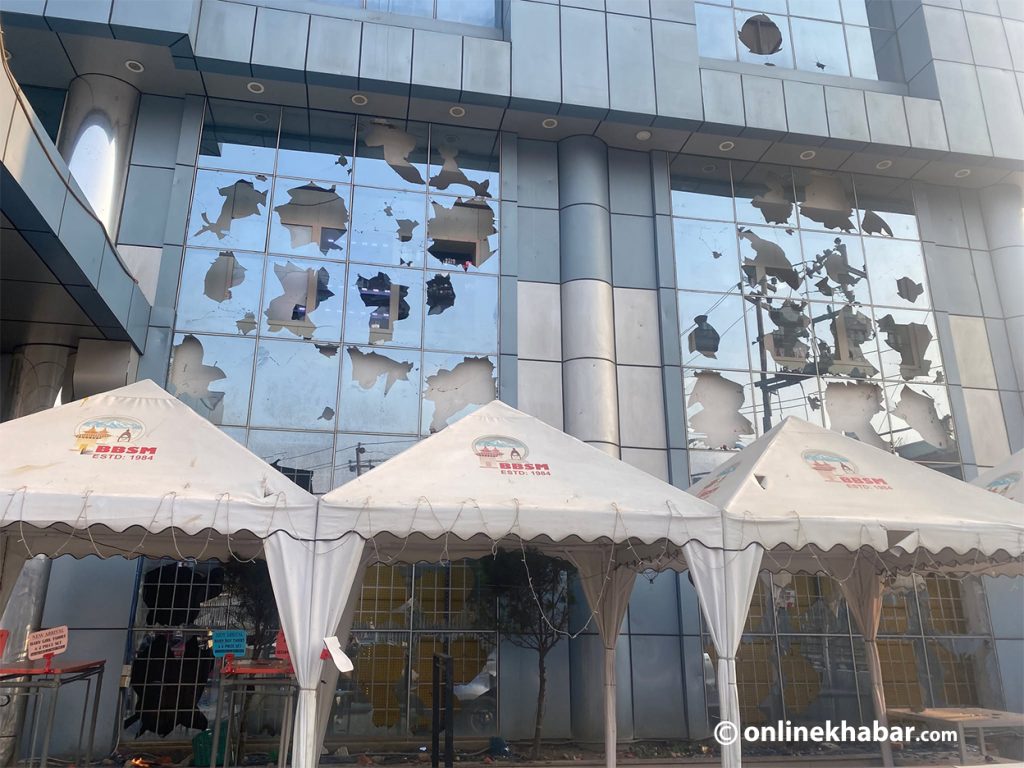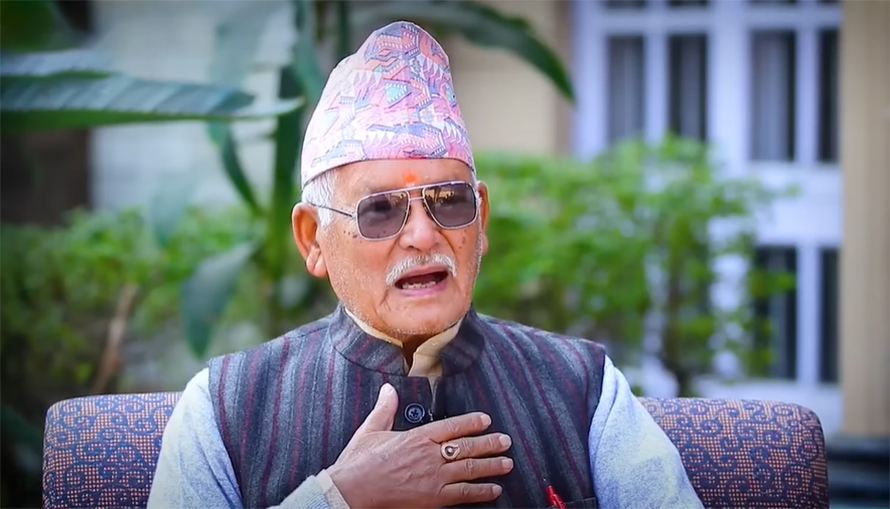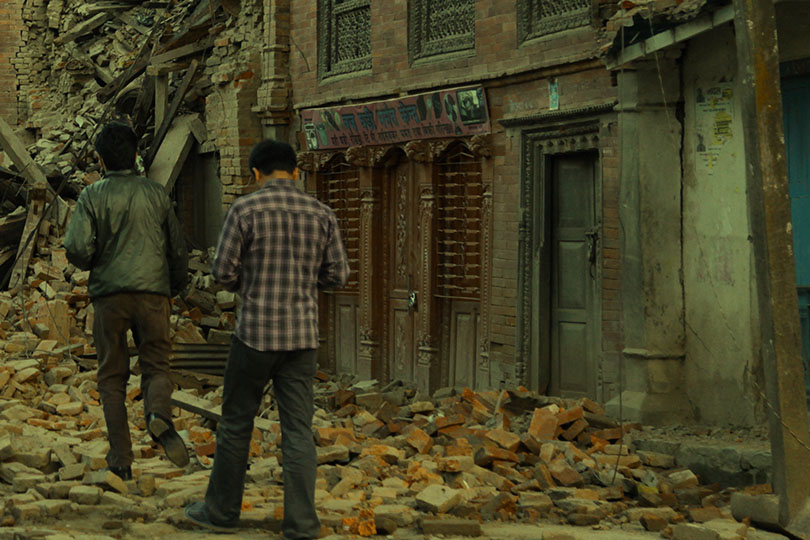
Patan; May, 2015. Photo: Shreedhar Poudel/OnlineKhabar
Learning lessons from last year’s quakes that showed how ill-prepared the Nepali state was on the disaster management front, the government of Nepal has proposed a new model of natural disaster management.
The model, under consideration at the Council of Ministers, talks about rescuing the victims of natural disasters within an hour after a disaster and rushing supplies within 24 hours.
First phase
In the first phase of the plan that the KP Oli government has prepared, responsible authorities will mobilise security agencies for rescue of the victims within an hour into the disaster. Within the same time period, government will inform all concerned about losses resulting from disasters and rescue efforts.
Once a quake strikes, the National Seismological Centre will inform government about the quake event. Subsequently, government will mobilise security personnel after meetings of the district natural disasters relief committee and security agencies.
Government will designate an information centre, which will disseminate information about losses from the disaster and ongoing rescue efforts. It will issue warning to the public, urging them to move to safer places and take safety precautions if there’s the risk of further losses. The idea is to complete all these tasks within an hour after the disaster strikes.
Second phase
After one hour, the second phase of disaster management starts and it will last seven hours. In the second phase, the Department of Hydrology and Meteorology will disseminate information about climate-induced disasters.
The district natural disaster relief committee will provide details of losses and rescue efforts. At the centre, officials from the Home Ministry will hold an emergency meeting, prepare a rescue strategy on the basis of losses and inform about the same through the media.
At the same time, radio and television stations as well as online media will inform people about threats from disasters and rescue efforts. The Central Natural Disaster Committee will convene its meeting at the same time.
Also read: Nepal quake only sped up the clock, historic quarters in Kathmandu were dying already
After that, the Council of Ministers will hold an emergency meeting and take a decision to accept national and international assistance. Within these seven hours of a disaster, government will declare emergency, if need be. If there’s a need for international assistance, the Ministry of Foreign Affairs will do the needful after the Cabinet takes a decision to this effect. Within seven hours of the disaster, all these tasks will complete.
Third phase
The proposal considers 24 hours after the occurrence of a natural disaster as the third phase. Within the 24 hours, Ministry of Physical Infrastructure will repair roads damaged in the disaster. Government will also rescue the victims and set up camps within the same time period.
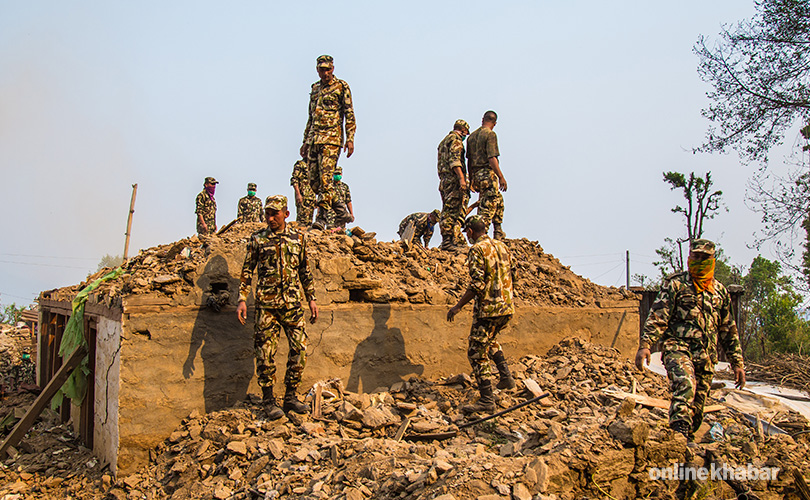
Singati, Dolakha; April, 2016. Photo: Shreedhar Poudel/OnlineKhabar
As per the proposal, the injured will receive treatment on the site, while seriously injured will be rushed to hospitals. The Ministry of Health will inform the public about possible epidemics in the aftermath of disasters and initiate measures to protect the public. The Veterinary Department will make arrangements for treatment of injured animals. Within this period, the government will step up security at airports and resume air traffic. Within 24 hours, government will collect details of losses in diplomatic missions.
Fourth phase
Government has considered 24-48 hours after the disaster as the fourth phase. Within this period, the authorities will have to arrange food for disaster victims. The Ministry of Supplies will do the needful.
Within this period, the Ministry of Foreign Affairs will arrange visa fee waiver and customs waiver for international donors. Government will operate temporary hospitals in affected areas. It will also collect and register details of affected families, issue identity cards and distribute relief.
Fifth phase
Within 72 hours of a disaster, government will provide what it calls ‘minimum relief assistance’ to affected families.
It will collect details of damaged physical infrastructure, including bridges, schools, roads and health centres, within this period. Authorities will dispose of dead cattle and undertake waste management within this period.
Also read: Restoration of heritage sites has begun. Who is restoring what?
Sixth phase
This phase begins three days after a disaster and ends in four days. Within this period, government will provide additional relief to families of the victims. The Ministry of Women and Children will mobilise monitoring teams in temporary camps for security of children and women. Within this phase, government will collect details of losses resulting from disasters nationwide.
Seventh phase
Government will build temporary shelters out in the open. It will take precautions to prevent the spread of communicable diseases in camps and surrounding areas. Authorities will prepare a report on rescue and relief efforts. They will provide psychosocial counselling to those in need.
Last phase
This phase will last a month. Efforts will be made to reopen schools and enable children to attend classes. Government bodies will prepare a disaster management review report, discuss future tasks and take decisions.
***
You may also like
Photo Story: A year into Gorkha quake, villages & schools in ruins tell a sordid tale
13 months after Nepal quake, four travelling photographers ask one question





